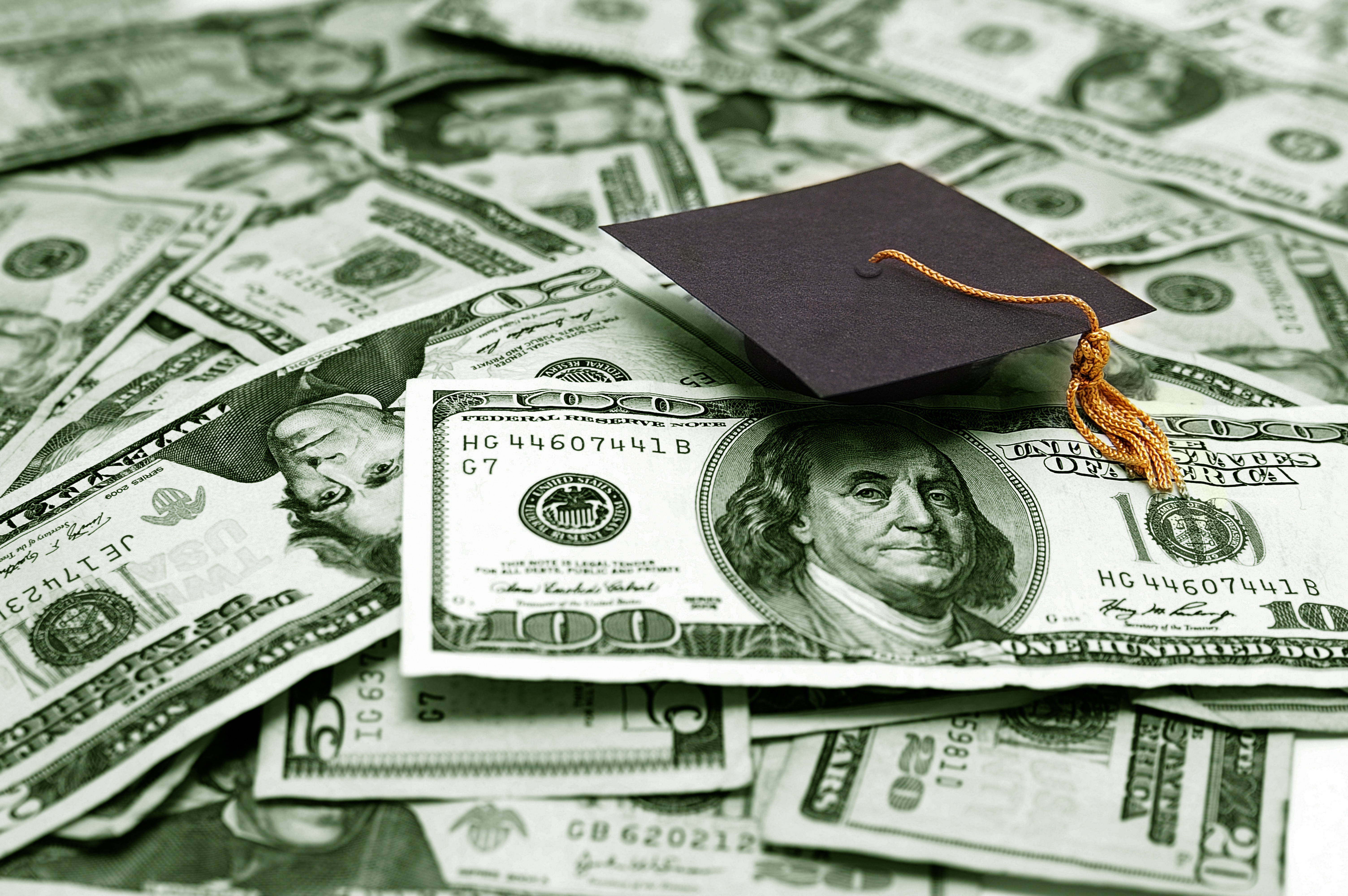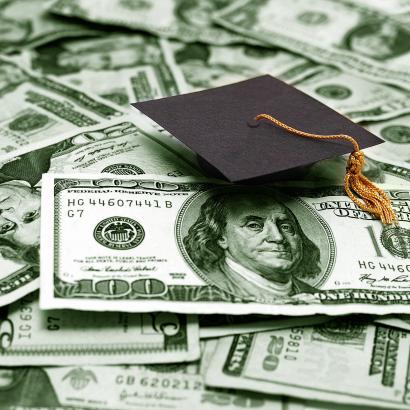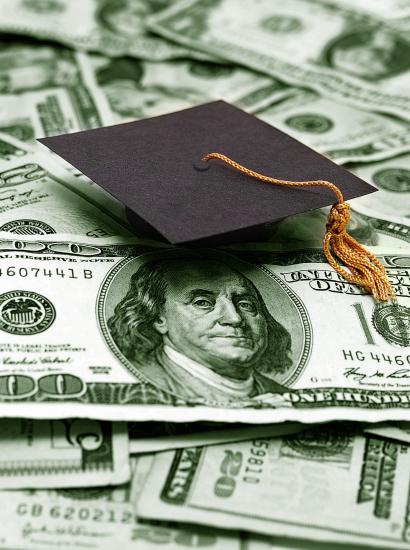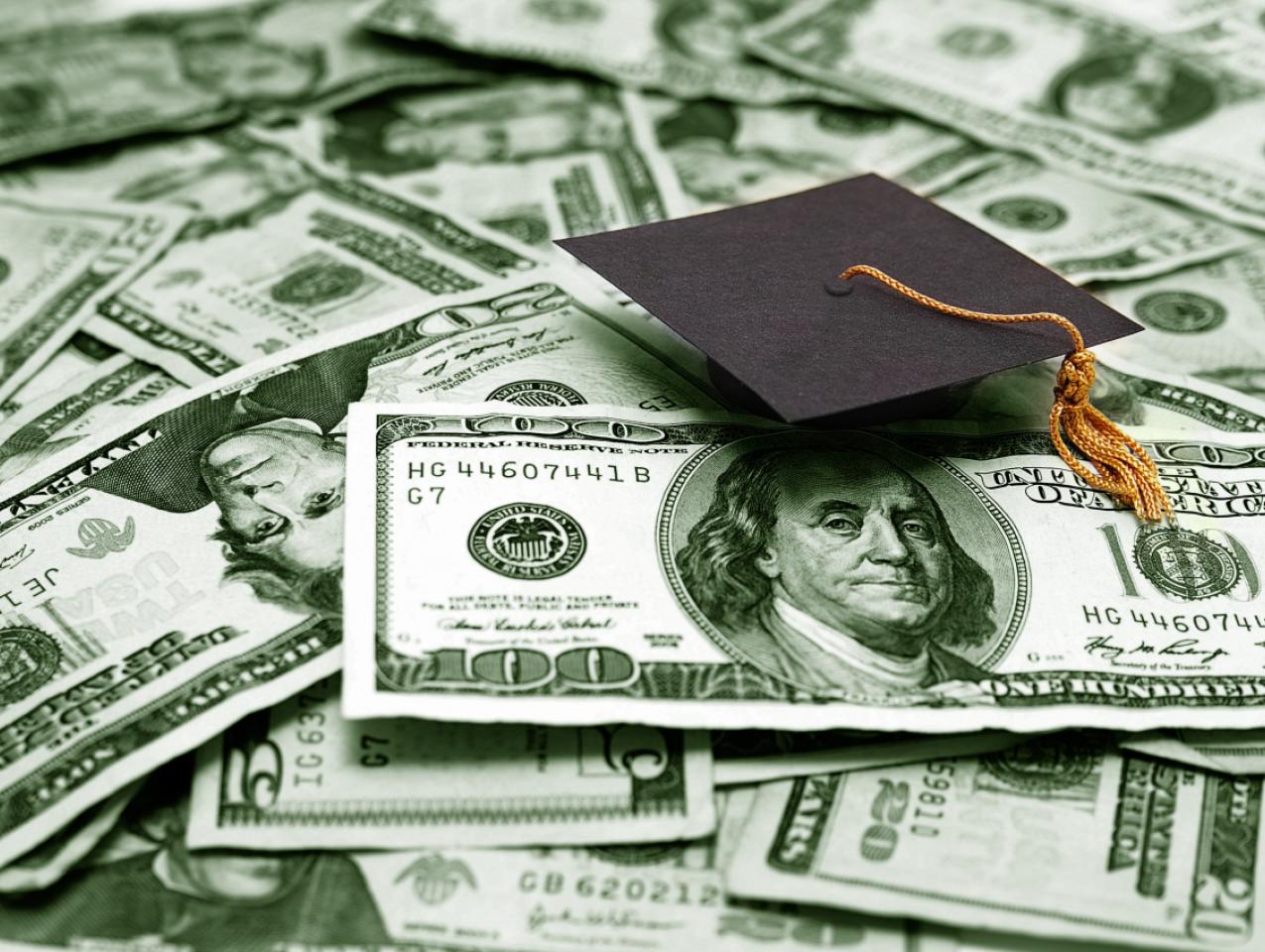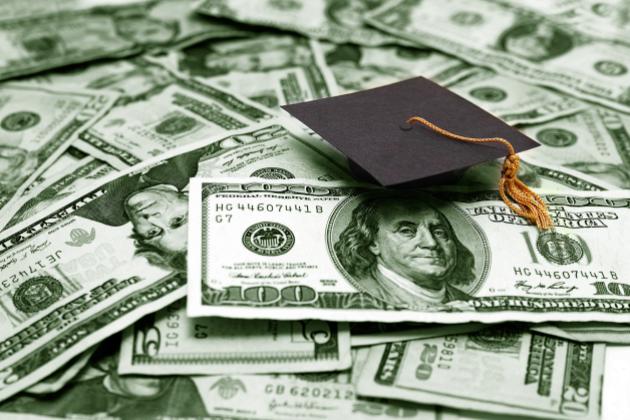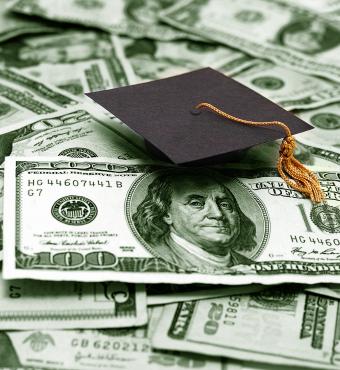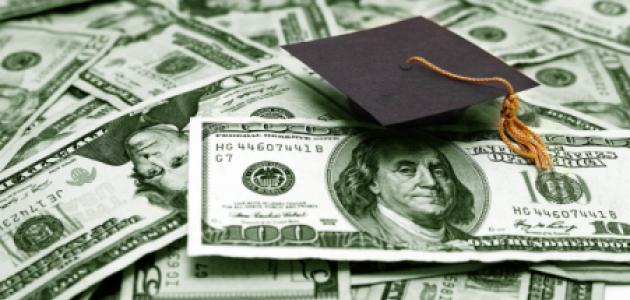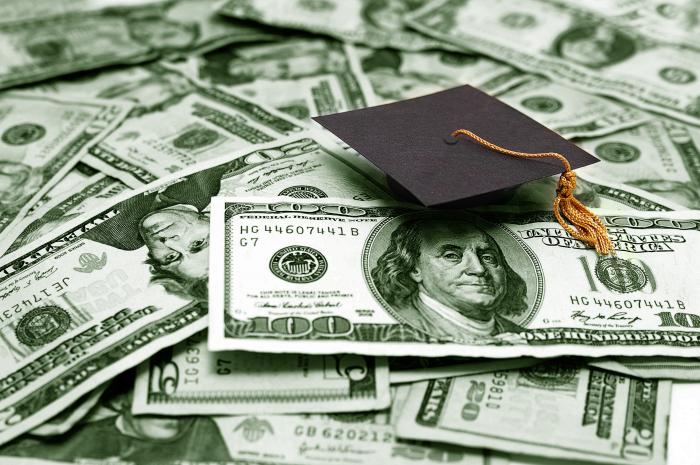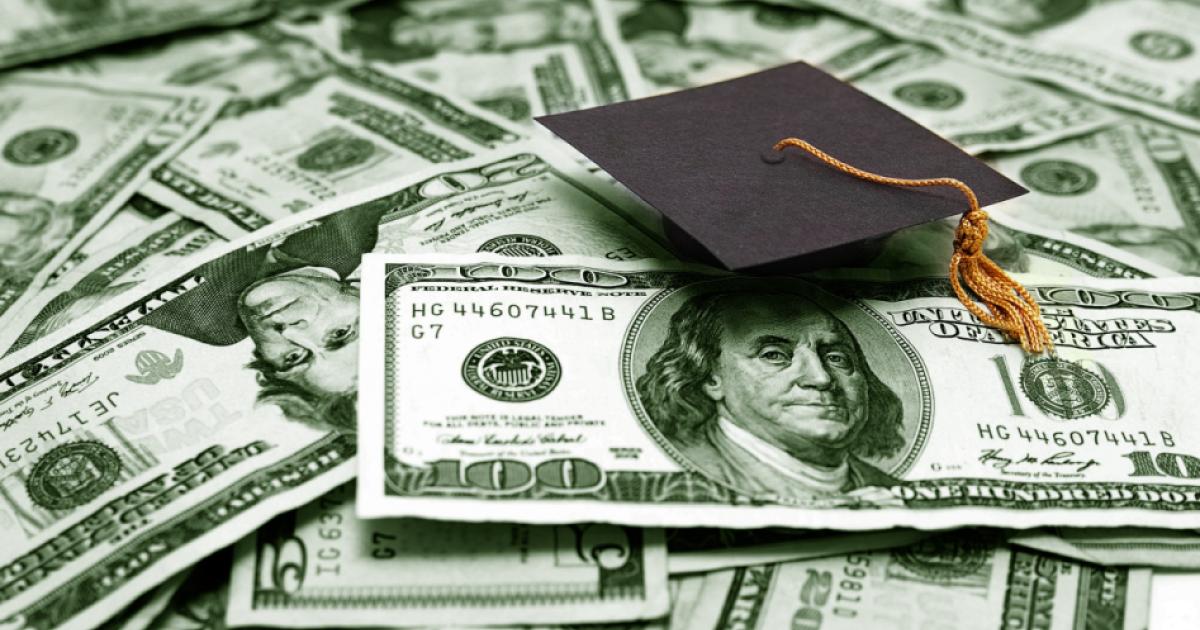- Education
- Politics, Institutions, and Public Opinion
- Campaigns & Elections
Money for schools has again become a campaign issue. In the Florida governor's race, Charlie Crist says that the "first thing [Gov. Rick Scott ] does when he comes in . . . is cut education by $1.3 billion." To which Gov. Scott replies, "The $18 billion in funding for K-12 education funding is the highest in Florida history and includes a record $10.6 billion in state funds." Pennsylvania's Democratic gubernatorial hopeful Tom Wolf accuses Republican Gov. Tom Corbett of cutting the state's school budget by $1 billion, to which Gov. Corbett replies that spending has actually risen. Similar claims and counterclaims have been heard in Illinois, Michigan, Florida, Kansas and elsewhere.
It's easy to see why candidates promise more money for schools. As long as taxes are ignored and no mention is made of current levels of expenditure, calling for more spending is a political no-brainer. In the recently released Education Next poll of a nationally representative sample of the public, for which I serve as a co-director, 60% of Americans say they want to spend more. Among parents, 70% want more spending, and 75% of teachers agree.
But if one drills down, much of that enthusiasm evaporates in a cloud of confusion and inconsistency. We discovered this by dividing respondents to our survey into three randomly selected, equally representative groups.
The first group was asked whether they thought school spending "to fund public schools in your district should increase, decrease or stay the same?" The second group, though asked that same question, was first told the level of expenditure per pupil in their district for 2011 (the most recent year for which data is available from the Education Department). The third group was given that same information but was asked whether they thought "taxes to fund public schools in your district should increase, decrease or stay the same?"
Support for more spending fell to 44% from 60% when respondents were given information on current amounts of spending. Levels fell further to only 26% favoring more spending among the group asked if they favored tax increases to fund higher spending.
Political debates over school spending also take place in a fog because the public has the illusion that the rest of the nation's schools are expensive but their local schools are a bargain. When asked to estimate per-pupil expenditures nationwide, the public makes an average estimate of $10,155—almost exactly the $10,615 per-pupil expenditure level estimated by the Bureau of the Census for school expenditures in 2012, though lower than the $12,608 per-pupil figure reported for 2011 by the Department of Education.
But when asked about costs locally, Americans think their schools are giving their children an education at reasonable prices. On average, they say the cost is only $6,486 per pupil in their district, barely half the actual costs of $12,608 per pupil in 2011, according to the Education Department. Local estimates by both parents and teachers are even lower.
The wide disparity in these estimates of national versus local expenditures is bizarre, as the sum total of all local expenditures are equivalent to those nationwide. The differing estimates may be partly due to differences in news coverage. National school expenditures are a regular part of the debate between Democrats and Republicans, making the topic worthy for the national media. In 2013 The Wall Street Journal reported that U.S. per-pupil expenditures in 2011 had dipped slightly to $10,560. A month later, CBS News said the "United States spent more than $11,000 per elementary student in 2010 and more than $12,000 per high-school student."
Local school costs per pupil do not get the same coverage. For one thing, local school officials never report them, and local politicians have little incentive to do so. Those wanting to increase spending have a stake in obscuring local levels of expenditure, and those concerned about costs find it more worthwhile to propose tax cuts. While local school spending information can be found on the National Center for Educational Statistics website, few reporters have the incentive to dig deeply.
Education expenditures may become a local issue if the school board wants to raise local taxes. But, on average, only 45% of school costs come from local revenues, with states (45%) and the federal government (10%) supplying the remainder. Money coming from state and federal governments is usually treated by local politicians as "free" to the local community, and thus attention given to costs target only that 45% of the total borne by the local community.
The public may also believe other school districts waste money but their local one does not. More generally, the public may suffer a delusion that for lack of a better phrase might be labeled "buyer's delight," the tendency for people to think they "got a deal" even when an objective observer would conclude otherwise.
Buyer's delight may also explain why people think their local schools are so much better than the nation's schools: In the Education Next poll, 58% of adults with school-age children give a grade of an A or B to their local schools, but only 26% give these same two good grades to the nation's schools.
Whatever the reasons for the misperceptions, the facts are clear: Parents, teachers and the public at large all think that local schools are giving them more for less—even when that is unlikely. That's why politicians who favor more spending deliberately sow confusion about current expenditures. These are all reasons why transparency in spending should be part of the school-reform conversation.
Mr. Peterson, a professor at Harvard University, directs its Program on Education Policy and Governance. He is also a senior fellow at the Hoover Institution.







